Social proof is a human construct that puts weight on the value of someone’s “say-so.” The more say sos a thing has, the more credibility it gains.
In the digital world, that say-so takes the form of
- star reviews
- hearts
- likes
- thumbs ups
- testimonials
Strap a few thousand of those on a product review and suddenly that product seems way more valuable.
People are suckers for what other people have to say.
Going on a trip? What do the reviews say on TripAdvisor? Invited to a job interview? What does Glassdoor say about that company? Heading out on the town? Chances are Yelp has a few thousand recommendations.
If I’m going to attempt to make a new meal, it better have thousands of 5-star reviews proclaiming it’s the best [insert dish] anyone’s ever eaten. That’s why restaurants run cheap lunch specials: to get people in the door to attract more people… because people follow the crowd.
In SaaS and other types of online business, deliberately engineering a bandwagon for people to jump on is smart (even if we can’t get people to physically line up outside our door).
So where do you put social proof online to gain the most benefit from it? There are seven key spots.
Get brand new conversion strategies straight to your inbox every week. 23,739 people already are!
What is social proof?
Social proof is a term coined by Robert Cialdini in his 1984 book, “Influence: The Psychology of Persuasion” (which has sold 5 million copies).
Social proof explains why people say yes, and how to apply that to business. Social proof is the label we put on the crowd-mentality, a human behavior where we look to others to decide what we should do.
For example, If I’m interested in a book, I’ll go to Amazon to see what people thought of it. And I’ll likely spend 10 minutes reading those opinions before I spend $6.99 to download it to my Kindle.
If no one has left a review on that book and I don’t see any stars to rank it, I’ll be more skeptical than if I see that it’s on the New York Times Bestseller list and that 1,857 people have already bought it, and that 94% of them left a glowing review.
When I see those numbers and that kind of proof that the book is good, I’m almost immediately sold.
That sort of social psychology has positive repercussions for business.
“Social proof is based on the idea of normative social influence, which states that people will conform in order to be liked by, similar to, or accepted by the influencer (or society).”
—CXL
Social proof influences our actions, and it works—so businesses should embrace it.
“91% of shoppers read online reviews before making a purchase.”
—Sprout Social
Examples of social proof
Even if your product isn’t famous, you can still get social proof to work for you. And the more strategically you position that social proof, the better it works.
But first, you have to know what types of social proof you have to work with:
- Testimonials (written, video, audio)
- Case studies (user reviews)
- Photos of people lining up for a new product (media launch)
- Celebrity social proof (endorsements)
- Industry expert reviews
- Positive customer reviews
- Star ratings
- “Featured in” publication icons
- “Used by” company icons
- Referrals
- FOMO “just purchased” pop-ups
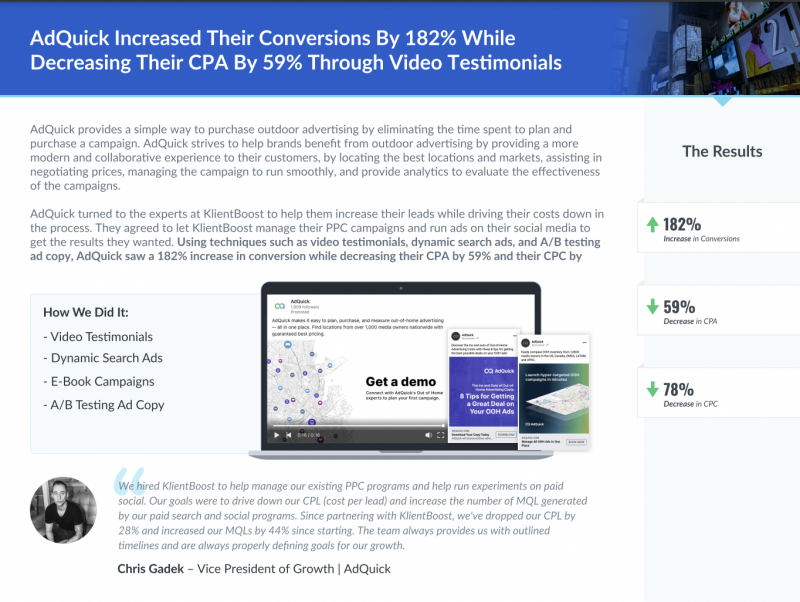
Our client, AdQuick, increased conversions by 182% while decreasing their CPA by 59% through video testimonials.
So where should you use social proof to show potential customers that other people love what you sell already?
There are seven places you should put social proof (aside from social media, which comes with built-in social proof):
- At the cart
- On your blog
- Next to your newsletter sign up form
- Case studies
- Your sidebar
- Your home page
- Your landing page
Before we talk about each social proof placement, you should know one more thing: the more you personalize it, the better it works.
Personalized social proof: the diamond standard
Chances are you’ve built out your buyer personas, and you know who your target audiences are. You’ve likely gathered data about their demographics, industries, and job roles.
With that information, you can personalize the social proof they read and only show them testimonials from others in their industry or who have similar work situations and career titles.
A testimonial from someone “just like them” has more oomph than someone who used your product or service for something your prospect can’t relate to. Relatable social proof works better to get people on board.
We’re naturally drawn to things we understand.
That’s called implicit egotism, which means that people tend to gravitate towards others who resemble themselves in some way.
Okay, that’s it.
Now 🥁... here’s where you should put your social proof.
Where to put social proof
1. At the cart
Even if someone is working their way through the checkout process, a testimonial on the checkout page adds confidence to their purchase decision.
Friction during the checkout process can kill a conversion. Maybe that friction is an expired coupon or a shipping charge that’s higher than expected. A testimonial might prevent shopping cart abandonment.
Positive user reviews from existing customers who bought that same thing work well for eCommerce checkout pages, because user social proof takes the focus off the price and puts it on the value of the product.
Know what other form of social proof works great at the cart stage? Fear of missing out (FOMO).

2. On your blog
If you’re a blogger, social proof is an essential piece of your content marketing efforts. You need social proof to get more social proof (more shares & comments), so flaunt the number of social shares and comments on your hottest posts.
Don’t have a ton of comments or tweets?
No worries; there’s a way around that.
One way to turn missing social proof into positive social proof, as pointed out on ProBlogger, is to show the total count of all of your shares, not just the shares for that particular post.
You can use a plugin like Mashshare on your blog posts to get that social proof working.
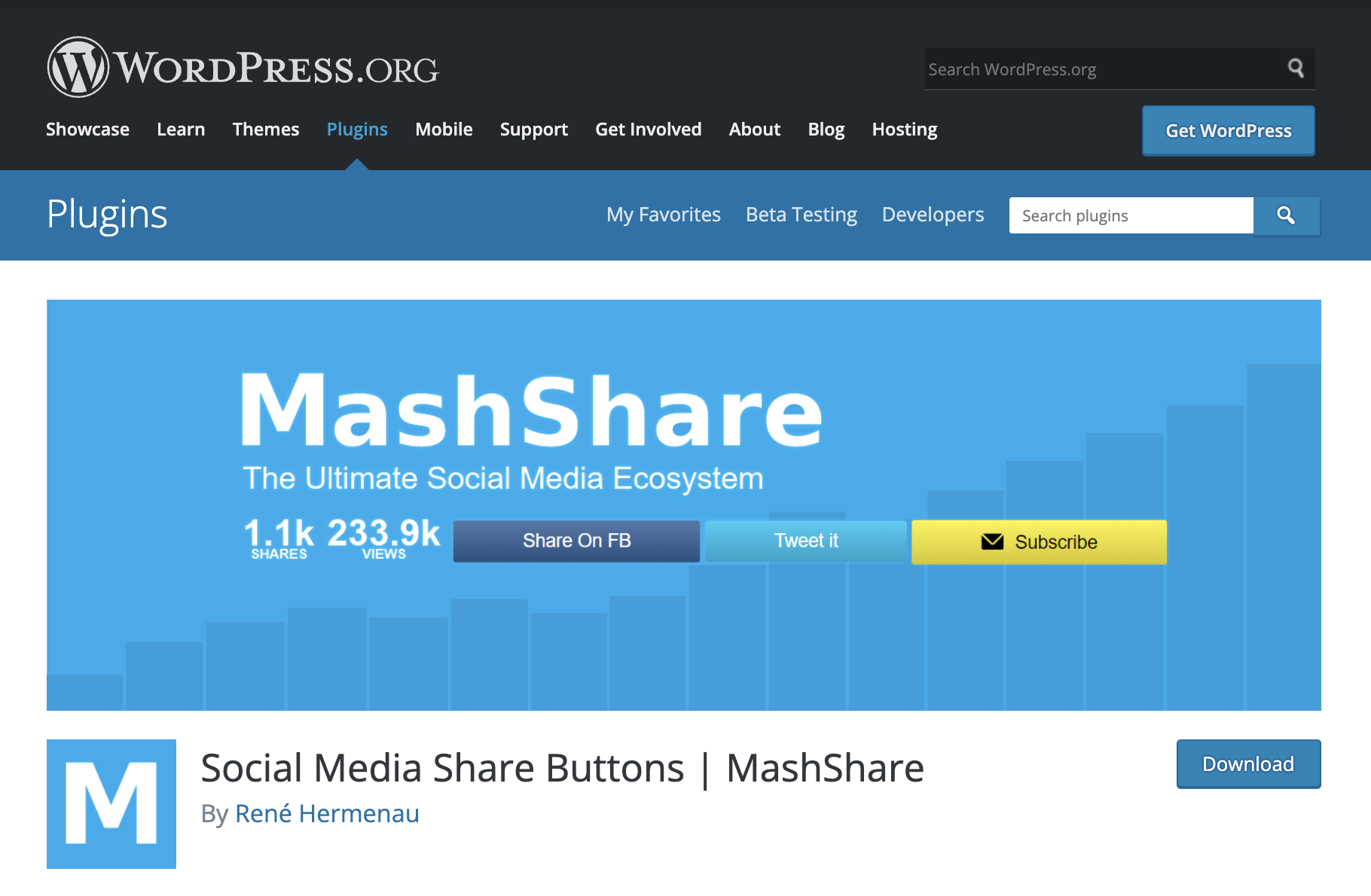
3. Case studies
Case studies are next-level testimonials backed by results.
What better way to sway future customers than by showcasing how happy current and past customers are?
Let your fans do the talking for you with user-generated content and add stats next to their glowing praise to verify what they’re saying.
At KlientBoost, we put a lot of stock in case studies because they are 1-page word of mouth referrals backed by numbers.
“92% of consumers around the world now say they trust word-of-mouth or recommendations from friends and family.”
—Neilson
We have more case studies than any other agency in this galaxy—and we brag about that with a dedicated case study page of over 300 published wins (social proof x 300).
4. Signup forms
If you have sweet numbers, show them off beside your form.
Try something like this:
“Sign up today, and join 23,124 other subscribers who’ve increased their revenues by an average of 17% using the tips shared in this newsletter.”
That’s number proof; flaunt that shamelessly.
Here’s one from Teachable:
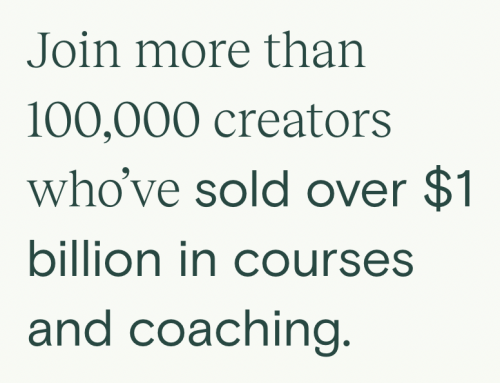
And if you don’t have those numbers yet, add a testimonial about how good your newsletter advice is and how it helped one person do their job a million times better.
Social proof placed beside a form gets people off the fence.

Jeff Goins has a decent amount of email subscribers. He also has testimonials out the wazoo from industry moguls (expert social proof). But instead of displaying those numbers, his social proof is a little more specialized. He’s a best-selling author (and he wants to give away something he wrote for free, too).
That’s a good way to get people to jump on his bandwagon. If he’s written a national bestseller, then he probably knows what he’s talking about, right?
5. In the sidebar
Sidebars are typically used for ads, but you can ditch the small amount of revenue you might get from showing multiple ads and use some of that valuable real estate to promote your own product instead.
Pardot suggests rotating your sidebar widget to show client quotes or enthusiastic tweets about your company.
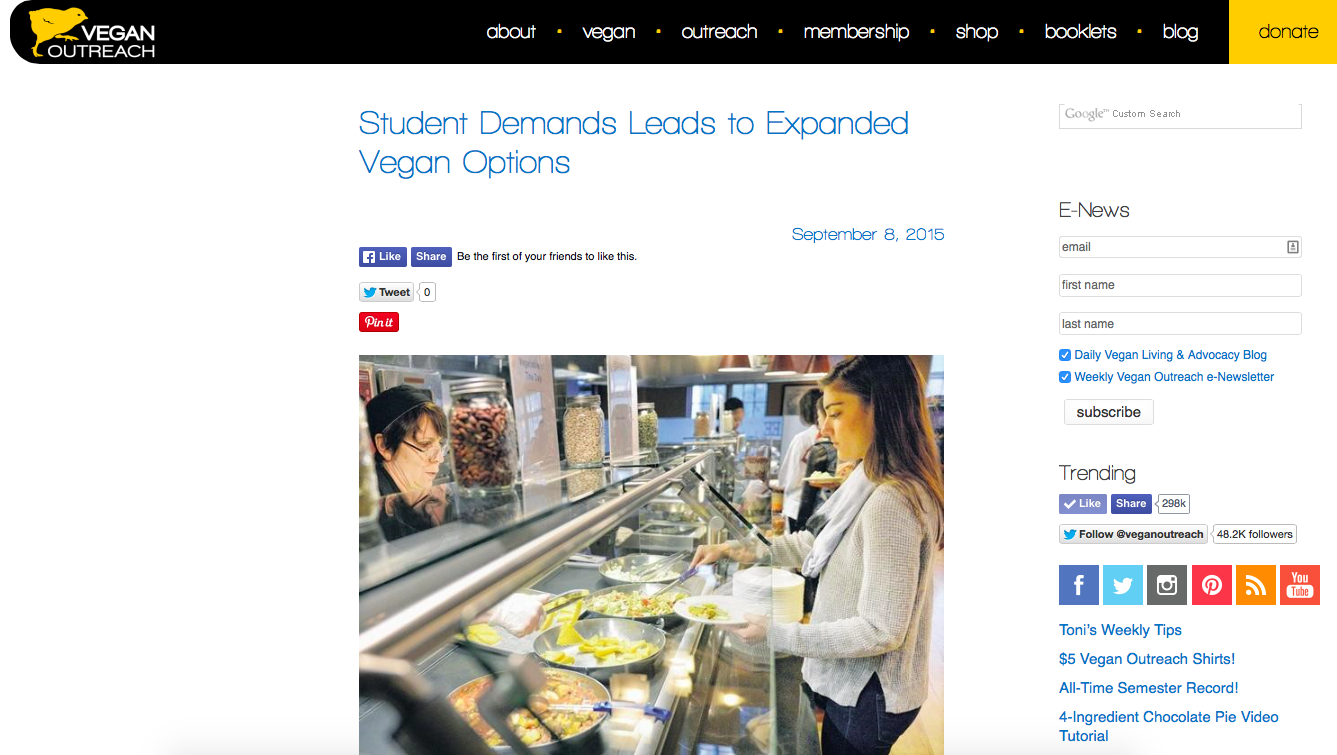
Vegan Outreach shows off its 298,000 Facebook likes and its 48,200 followers on Twitter as social proof.
Attached to those numbers, they make it really easy to join their online communities by adding Like, Follow, and Share buttons that only require one click to jump on board and join everyone else in their online vegan community.
6. On your home page
Some people use their home page as their blog. If you’re running a blog-based business, that’s not so bad.
But most of us aren’t.
It’s better to add a prominent link to your blog and even some teasers of the most recent posts on your home page but use your home page to highlight your value proposition with social proof in a few different forms (for instant credibility).

What forms of social proof work best on a home page?
- Testimonials
- Social media network links
- “Featured in” publication icons
- “Loved by” company logos
- Case study teasers
- Celebrity endorsements
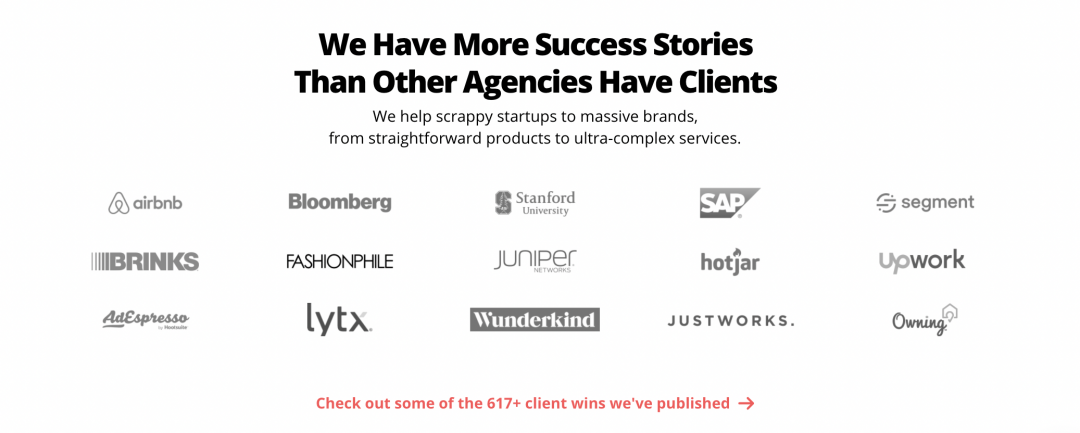
Testimonials are fab, but case study testimonials are even fabber.
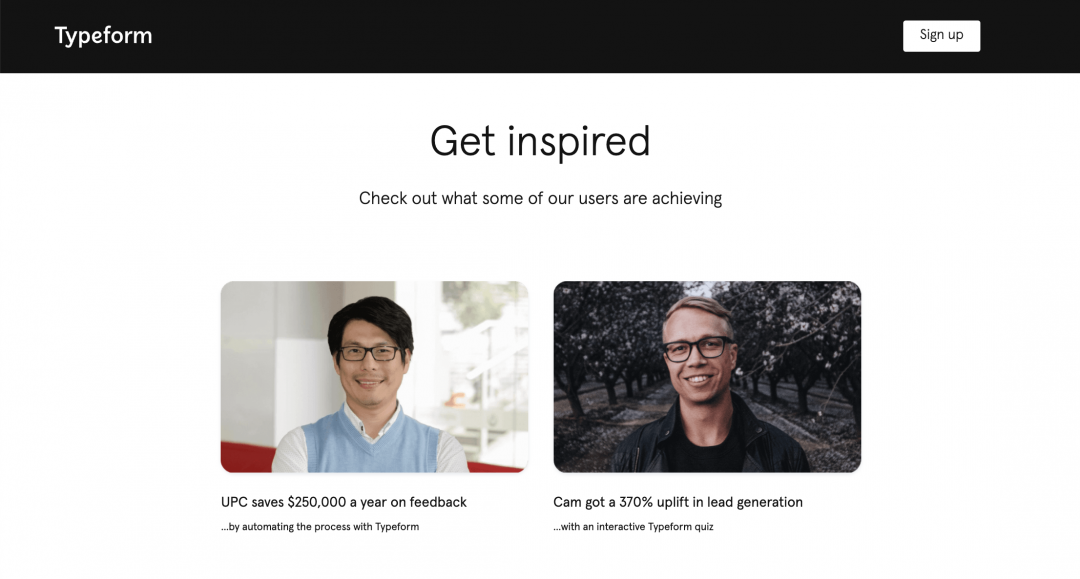
What else?
Link to an impartial company review site like Clutch, Google Reviews, or G2 by adding their logos to your home page. Industry social proof is serious honesty.
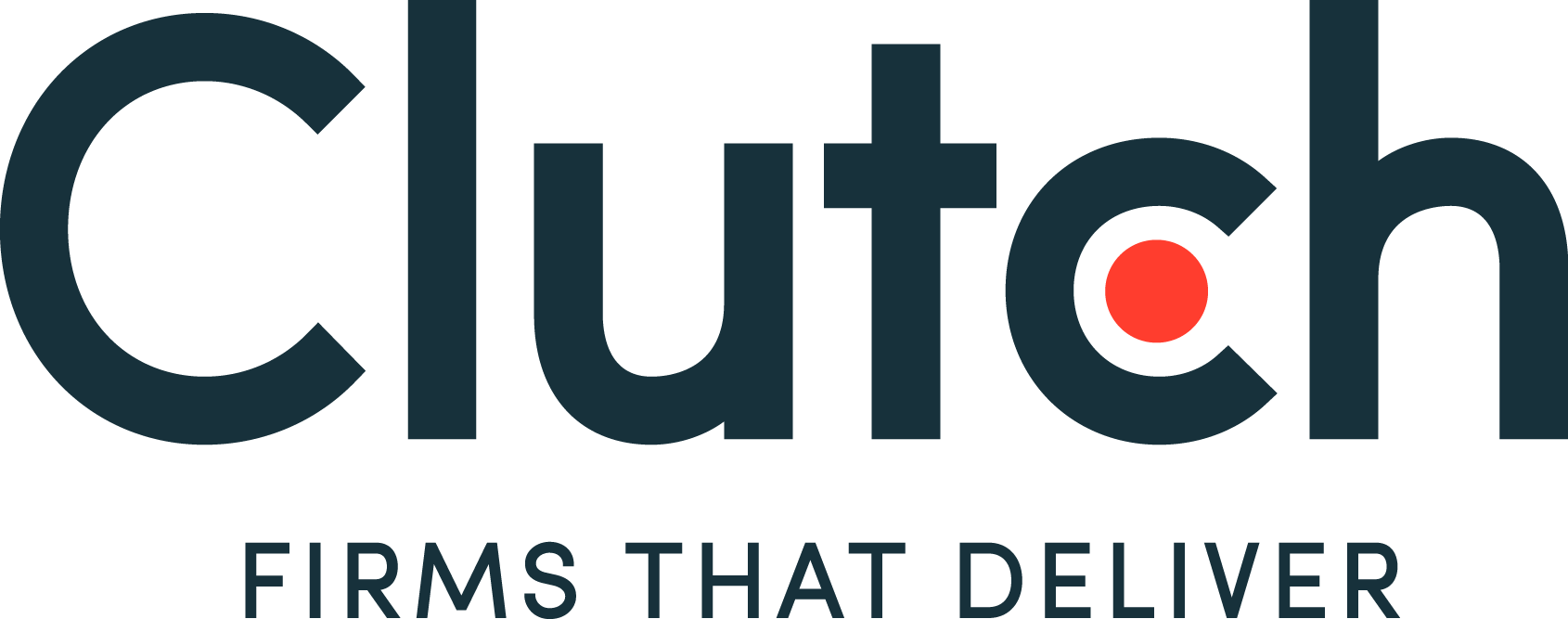
Know what else?
If you sell a product, it doesn’t hurt to encourage that purchase decision with a little FOMO (fear of missing out) using a handy social proof tool like a “so and so just bought” pop up. Try Nudgify, and FOMO.
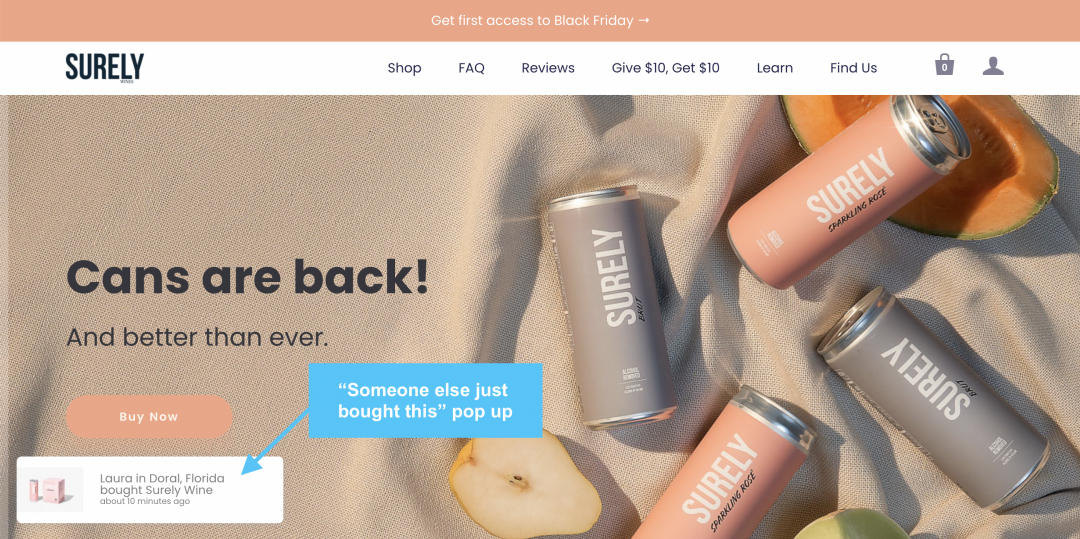
Lastly, add links to your social media platforms (Facebook, LinkedIn, Twitter, etc.) where social proof is built-in, and provide sharing buttons (with or without share counts depending on the numbers) to encourage fans to share the love.
7. Landing page hero section
The hero section is the top part of your landing page that appears above the fold. The entire purpose of a landing page is to get a conversion.
If your traffic comes from a Search ad, a short and concise landing page is the way to go because search traffic knows what they want when they land. You make the conversion easy for them by putting a form at the top.
Know what else you put there? Social proof (see #4 above 👆).
Add a testimonial, Clutch logo, or star rating next to that lead gen form.
But what if your traffic came in from a Display ad? That traffic is colder and needs a wee bit more information before converting.
Guess what kind of information would be good for them?
Social proof.
If you don’t put social proof in the hero section, you’ll be sure AF put it just under the fold.
Where to put social proof: everywhere you can
Welp, there you have it.
Social proof uses other humans’ opinions to help you sell more of your stuff because people are hard-wired to listen to the wisdom of the crowd.
My personal favorite type of social proof is the first one: adding a testimonial or FOMO popup to your checkout process, because reinforcing a decision as the credit card comes out ain’t dumb.
Smart marketers (smarketers? 👀) use different forms of social proof to increase conversion rates, turning potential customers into new customers by building confidence in what they’re buying (based on the actions of others).
Want to know some other handy conversion tricks that are borderline magic?
You do. Click that link 👆
